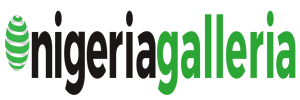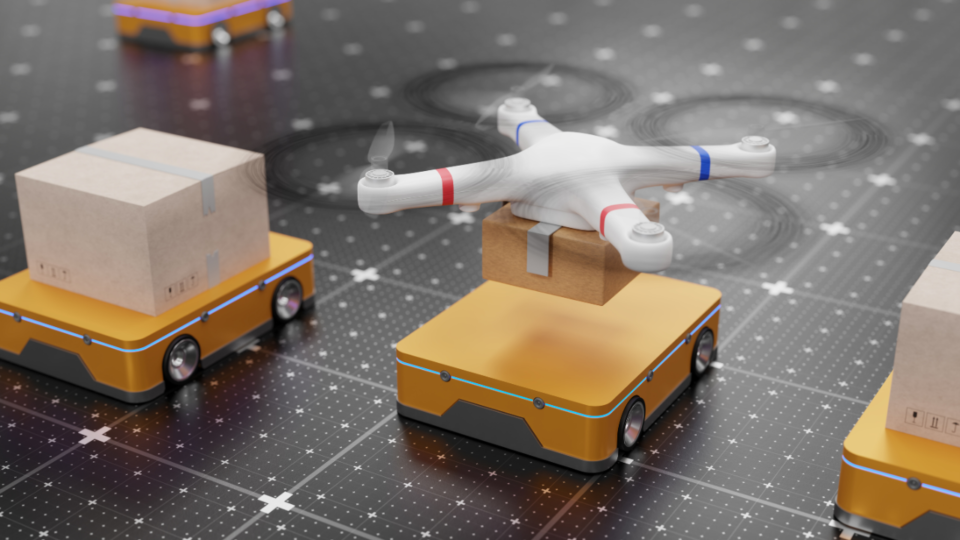The IoT Revolution and Its Implications
As we increasingly rely on IoT devices to manage our daily lives, we must ask ourselves: what does it mean to be human in a world of connected machines? Are we enhancing our existence or surrendering to the convenience of technology? The IoT revolution raises fundamental questions about our relationship with devices and the world around us. Join me on a journey to explore the deeper implications of this technological shift. What does it mean to be human in a world where machines are increasingly intelligent and autonomous? Can we truly say we’re in control when our devices are making decisions for us?
The Rise of IoT: A Brief History and Current State
The Internet of Things (IoT) has been around for decades, but it wasn’t until the early 2000s that the term gained popularity. Today, IoT is a ubiquitous presence in our lives, with an estimated 22 billion connected devices worldwide. From smart home appliances to industrial automation, IoT has transformed the way we live, work, and interact with each other. The proliferation of IoT devices has been driven by advances in sensor technology, wireless communication, and data analytics. As the cost of devices decreases and their capabilities increase, we can expect to see even more widespread adoption.
The IoT Ecosystem: Devices, Networks, and Data
At its core, IoT is a complex ecosystem comprising devices, networks, and data. Devices, such as sensors, actuators, and gateways, collect and transmit data to networks, which then process and analyze the information. This data is used to create insights, automate processes, and improve decision-making. The IoT ecosystem is highly interconnected, with devices communicating with each other and the cloud to enable real-time monitoring and control. As the ecosystem grows, so does the potential for innovation and disruption.
The Human Factor: How IoT is Redefining Our Existence
As IoT devices become more pervasive, they are fundamentally changing the way we experience the world. From wearable devices that track our health and fitness to smart homes that anticipate our needs, IoT is blurring the lines between humans and machines. We’re no longer just consumers of technology; we’re participants in a complex dance of human-machine interaction. As IoT devices become more sophisticated, they’re challenging our assumptions about what it means to be human. The boundaries between our physical and digital selves are becoming increasingly blurred, raising important questions about identity, agency, and autonomy.
The Quantified Self: How IoT is Revolutionizing Healthcare
The rise of wearable devices and health monitoring systems has given us unprecedented insights into our physical and mental well-being. IoT is enabling personalized medicine, remote patient monitoring, and predictive analytics, which are transforming the healthcare industry. The quantified self movement is empowering individuals to take control of their health, but it also raises concerns about data privacy and the potential for bias in algorithmic decision-making. As IoT devices become more pervasive in healthcare, we must ensure that they’re used to benefit patients, not exploit them. The future of healthcare is likely to be shaped by the intersection of IoT, AI, and genomics, leading to more targeted and effective treatments.
The Dark Side of IoT: Security, Privacy, and Ethics
As IoT devices become more connected, they also become more vulnerable to cyber threats. The lack of standardization, inadequate security measures, and insufficient regulations have created a perfect storm of risks. IoT devices are also raising concerns about privacy, surveillance, and the exploitation of personal data. The consequences of an IoT security breach can be devastating, from compromised personal data to catastrophic industrial failures. As IoT devices become more pervasive, the stakes are higher than ever. The IoT industry must prioritize security and privacy, or risk losing the trust of consumers and facing regulatory backlash.
The IoT Security Conundrum: A Cat-and-Mouse Game
The IoT security landscape is a cat-and-mouse game between hackers and security experts. As new vulnerabilities are discovered, new security measures are developed, only to be breached again. The stakes are high, and the consequences of a security breach can be devastating. The IoT security challenge is compounded by the complexity of the ecosystem, with devices from multiple manufacturers and vendors creating a fragmented landscape. As the attack surface expands, so does the potential for disaster. The only way to stay ahead of hackers is to prioritize security from the outset, designing devices and systems with security in mind from the very beginning.
The Future of IoT: Trends, Opportunities, and Challenges
As IoT continues to evolve, several trends are emerging that will shape the future of this technology. From edge computing and artificial intelligence to blockchain and 5G networks, IoT is poised to become even more pervasive and influential. The future of IoT is likely to be shaped by the intersection of multiple technologies, from augmented reality to quantum computing. As IoT devices become more sophisticated, they’ll enable new use cases and applications that we can only begin to imagine. The potential ofIoT is vast, but so are the challenges. As we move forward, we must prioritize security, privacy, and ethics, or risk creating a dystopian future where humans are subservient to machines.
The IoT-Driven Economy: New Business Models and Opportunities
The IoT revolution is creating new business models, opportunities, and challenges. From subscription-based services to data-driven revenue streams, companies are rethinking their strategies to capitalize on the IoT phenomenon. The IoT-driven economy will be characterized by new forms of value creation, from data analytics to device-as-a-service models. As IoT devices become more pervasive, companies will need to adapt to stay ahead of the curve. The future of business is likely to be shaped by the intersection of IoT, AI, and blockchain, leading to more efficient, transparent, and secure transactions.
Conclusion: Embracing the IoT Revolution
As we navigate the complexities of the IoT revolution, it’s essential to acknowledge both the benefits and the risks. By embracing this technology and addressing its challenges, we can create a future where humans and devices coexist in harmony, enhancing our existence and improving the world around us. The IoT revolution is a call to action, a reminder that we must be intentional about the world we’re creating. As we move forward, let’s prioritize human values, ethics, and sustainability, ensuring that IoT devices serve humanity, not the other way around. The future of IoT is uncertain, but one thing is clear: it has the potential to transform our world in profound ways. Let’s seize this opportunity to create a better future, one where humans and devices work together in perfect harmony.

